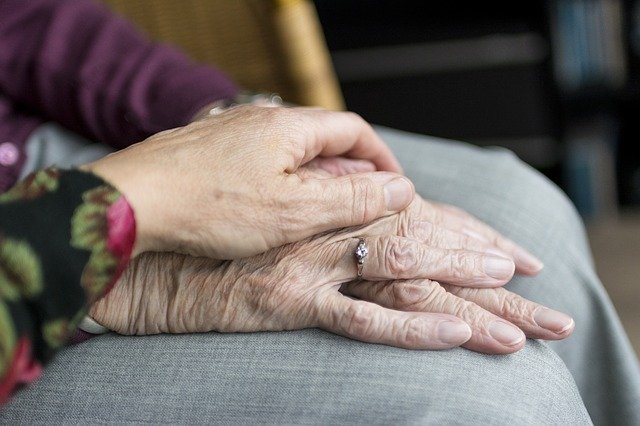If you have an older adult in your life, you may want to pay special attention. In research conducted by the World Health Organization, “Adults older than 65 years of age suffer the greatest number of fatal falls.” Millions of seniors fall each year, with around 25% of these adults sustaining moderate to severe injuries. Perhaps the most frustrating aspect of this statistic is that this is avoidable if the correct prevention measures are in place.
Various studies have suggested that low-cost home improvements and modifications could help in reducing the risk of injury in seniors, ensuring that they feel safe and less afraid about moving around their homes.
If you’re eager to find out how you can keep your elderly loved ones safe, here are a few home modification tips that may help prevent them from becoming a statistic:
Bathroom:
The bathroom presents one of the biggest risks to seniors, thanks to slippery or wet floors. To help reduce this risk factor, installing a secure grab bar is essential. Additional adjustments include adequate lighting, a shower chair and non-slippery mats.
Kitchen:
If your loved ones are independent and enjoy spending their time in the kitchen, adding non-skid floor wax will ensure that the kitchen floors are less slippery. Make sure you remove rugs and mats, ensuring that there is sufficient lighting in the kitchen area.
Living Space:
According to Flooring Clarity, seniors spend a large portion of their time in the living areas of their homes. To ensure that they’re safe, here are a few things you should take a closer look at:
- Make sure there is no furniture blocking the way.
- Extension cords should not be running across walkways. This can cause anyone to trip and fall.
- Light switches should be placed before entering a room to ensure that there is sufficient lighting.
- Torn mats or carpets should be replaced or repaired.
Bedroom:
It’s always best for seniors to be placed on the ground floor, as stairs can be a risk to them. If a ground-floor bedroom is impossible, opt for a stairlift. This mechanical device will ensure that individuals with mobility problems can have the option of travelling up and down the stairs.
Hallways and Stairways:
It’s always best for elderly individuals to enjoy a space that doesn’t require the need to walk up and down the stairs. However, if this is unavoidable, here are a few more tips:
- Get rid of any clutter.
- Ensure that there is sufficient lighting at the top and bottom of the stairs.
- Ensure that the staircase rail is secure and has two railings.
- Add bright colours at the top of each step, making sure that it is visible.
Picture: Unsplash

